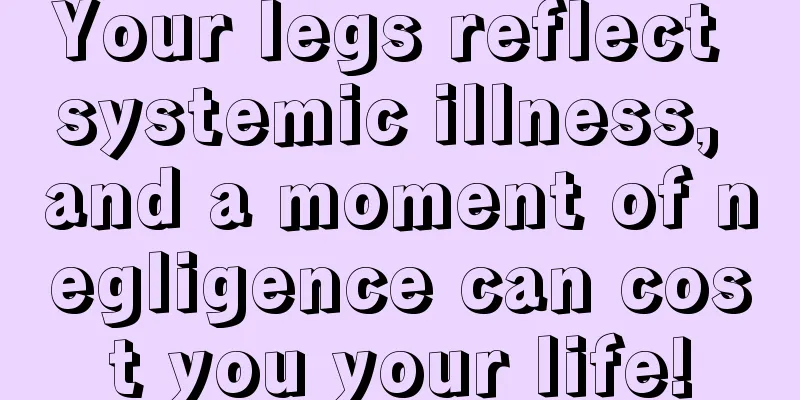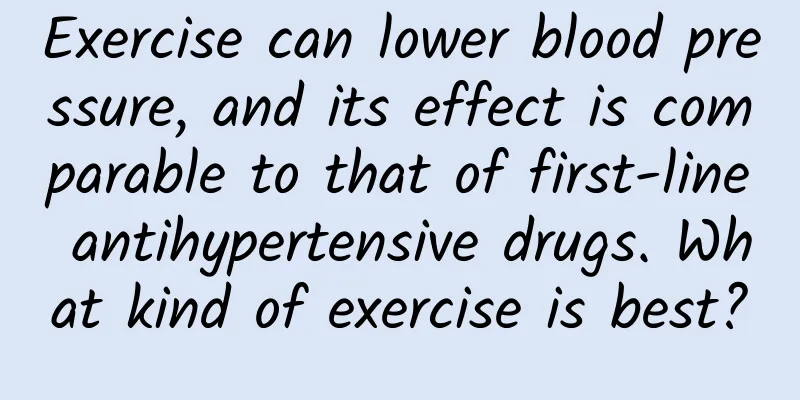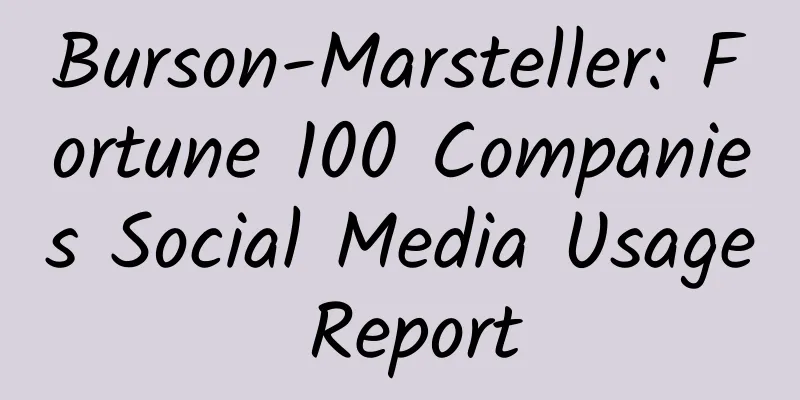Invisible "fatal threat"-prevention and treatment of carbon monoxide poisoning encephalopathy

|
Author: Guo Yanli, The First Affiliated Hospital of Zhengzhou University Reviewer: Deng Wenjing, Chief Physician, First Affiliated Hospital of Zhengzhou University Carbon monoxide (CO) is a colorless, odorless, non-irritating gas that can be a deadly killer without you realizing it. Carbon monoxide poisoning, also known as gas poisoning, is a common accident, especially in winter when using coal stoves, gas water heaters and other equipment. When the human body inhales excessive amounts of carbon monoxide, it may cause carbon monoxide encephalopathy, a serious neurological disease that requires us to be highly vigilant. Figure 1 Copyright image, no permission to reprint 1. Where does the toxicity of carbon monoxide come from? The toxicity of carbon monoxide mainly comes from its high affinity with hemoglobin. Hemoglobin is the protein in the blood that carries oxygen. When carbon monoxide enters the human body, it quickly binds to hemoglobin to form carboxyhemoglobin, which has an affinity 200 to 300 times higher than that of oxygen. This causes hemoglobin to be unable to carry oxygen normally, thus causing tissue hypoxia, especially the brain, which has a very high demand for oxygen. 2. What are the symptoms of carbon monoxide poisoning encephalopathy? Symptoms of carbon monoxide encephalopathy may vary from person to person, but common symptoms include: 1. Headache: Due to lack of oxygen to the brain, the patient may experience severe headache. 2. Nausea and vomiting: Lack of oxygen can affect the digestive system, leading to nausea and vomiting. 3. Dizziness and loss of balance: The balance center of the brain is affected, which may cause dizziness and loss of balance. 4. Confusion: As hypoxia worsens, the patient may become confused or even fall into a coma. 5. Convulsions and epileptic seizures: Severe hypoxia may cause nervous system dysfunction, leading to convulsions and epileptic seizures. 3. How to determine whether it is carbon monoxide poisoning? 1. Medical history: Understand whether the patient may have been exposed to carbon monoxide. 2. Blood test: Carboxyhemoglobin levels are tested in the blood to determine if carbon monoxide poisoning has occurred. 3. Neurological examination: Assess the patient's level of consciousness, reflexes, muscle strength, etc. 4. Imaging examinations: such as CT or MRI, to observe whether there is any damage to the brain. 4. Prevention strategies for carbon monoxide toxic encephalopathy 1. Install a carbon monoxide alarm: Installing a carbon monoxide alarm at home can sound an alarm in time when the carbon monoxide concentration exceeds the standard. 2. Check your equipment regularly: Check your gas appliances and chimneys regularly to make sure they are working properly and there are no leaks. 3. Maintain ventilation: When using gas equipment, ensure that the room is well ventilated. Figure 2 Copyright image, no permission to reprint 5. What should I do if carbon monoxide poisoning occurs? 1. Evacuate immediately: Once carbon monoxide poisoning is discovered, the patient should be immediately removed from the contaminated environment and transferred to fresh air. 2. Give high-flow oxygen: While waiting for the ambulance to arrive, give the patient high-flow oxygen. 3. Hyperbaric oxygen therapy: In the hospital, patients may receive hyperbaric oxygen therapy to speed up the excretion of carbon monoxide and the delivery of oxygen. 4. Supportive care: This includes maintaining blood pressure, body temperature, and electrolyte balance, as well as treating any complications. Figure 3 Copyright image, no permission to reprint VI. Summary Carbon monoxide encephalopathy is a serious health threat, but with the right precautions and prompt treatment, we can significantly reduce its risks and impacts. Knowing the symptoms and prevention methods of carbon monoxide poisoning is an important step in keeping yourself and your family safe. Remember, carbon monoxide is an invisible killer, but with awareness and prevention, we can avoid its fatal blow. Safety Tip: If you suspect you or someone else may be suffering from carbon monoxide poisoning, seek medical help immediately. Do not hesitate, every minute counts. |
<<: The truth about sedatives for children
Recommend
What is the reason for decreased milk supply during breastfeeding?
Most women will experience insufficient milk duri...
Brown vaginal discharge with slight abdominal pain
If the leucorrhea is brown, it may be accompanied...
Revealing the secrets of craniotomy, is it really as scary as imagined?
Author: Pan Pengwei, The First Affiliated Hospita...
Down syndrome screening value is high
Many pregnant women will find that their index is...
What to do if you have a cold and stuffy nose during early pregnancy
People are relatively weak during pregnancy becau...
What are the dangers of drinking alcohol during menstruation?
What harm will drinking during menstruation cause...
Police profile of Zhou Shiqi Caojiadu What is Zhou Shiqi's Weibo ID?
Recently, a Shanghai policeman named Zhou Shiqi h...
Can a pregnancy test kit detect pregnancy 10 days after sex?
A woman can also detect whether she is pregnant b...
Tearing pain on one side of the cesarean section incision
Nowadays, more and more pregnant mothers choose c...
Precautions after sweating during cesarean section
Sweating is a relatively common condition, and it...
Does bleeding after medical abortion mean that it is not completely discharged?
Bleeding after medical abortion depends on the ti...
Causes of small bumps on the vulva
Almost all women care about their health. They li...
Ovulation is the day after menstruation ends.
For girls who are preparing to get pregnant, in f...
What is the difference between honey tangerine and sugar tangerine? What happens if you eat too much sugar tangerine?
As the name suggests, the tangerine peel is not s...
What is the best way to ventilate after delivery?
Giving birth is a very painful thing for women, a...









